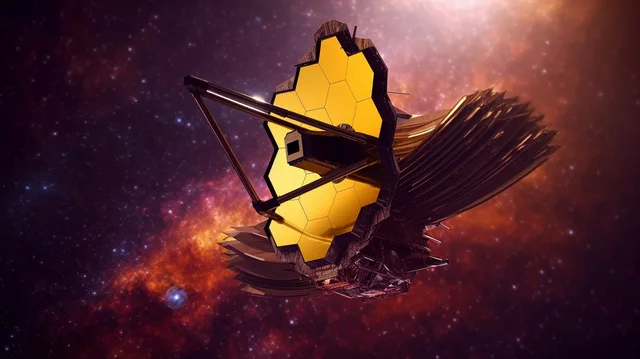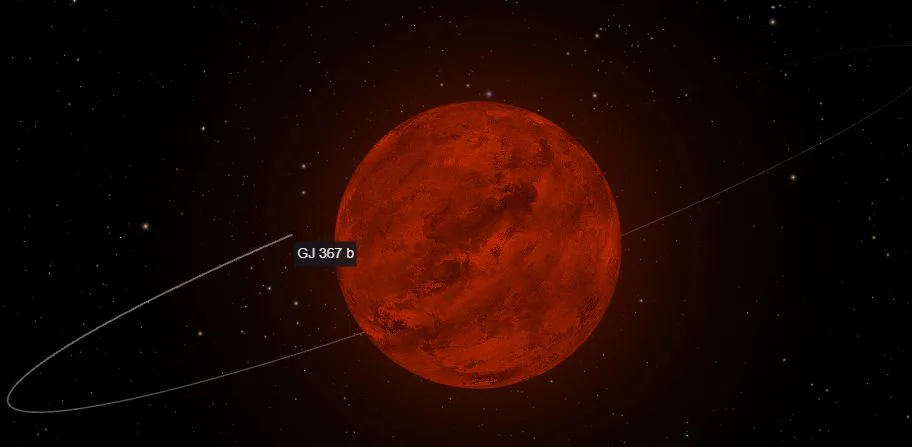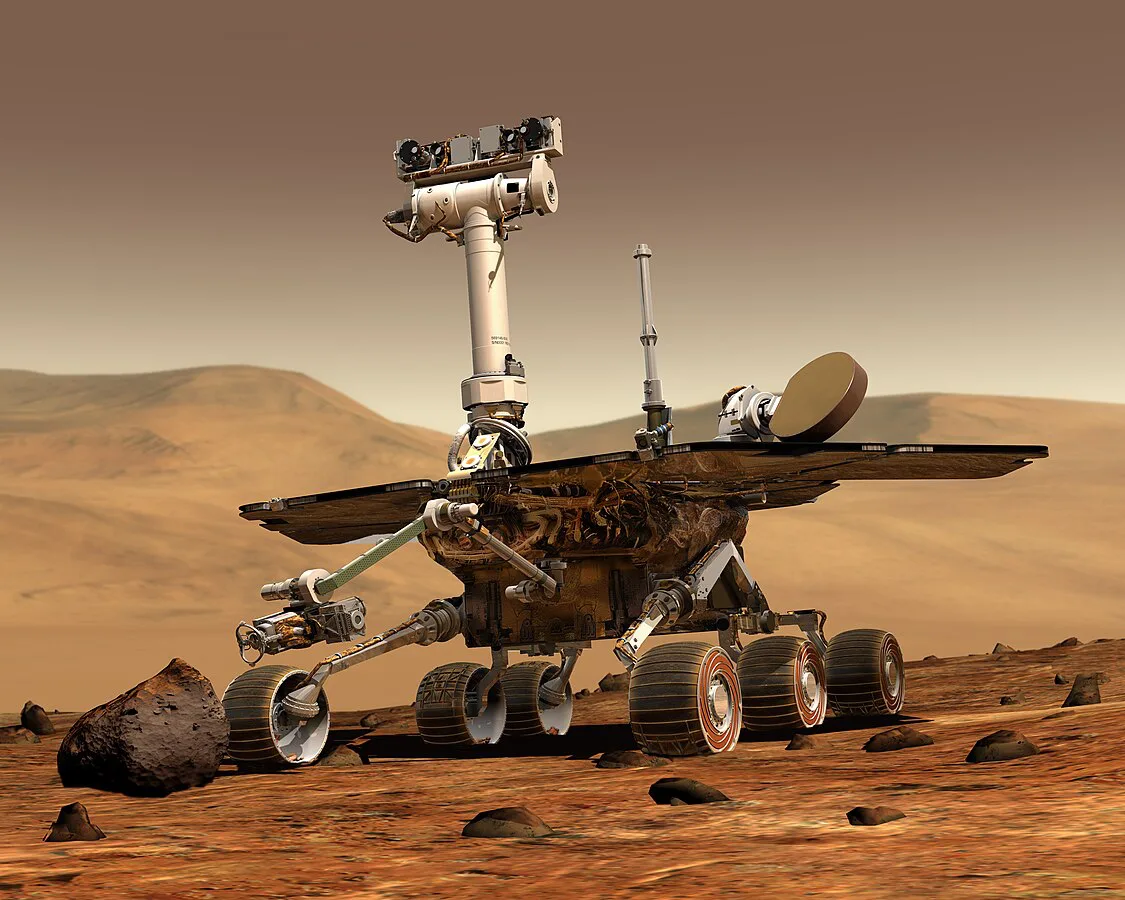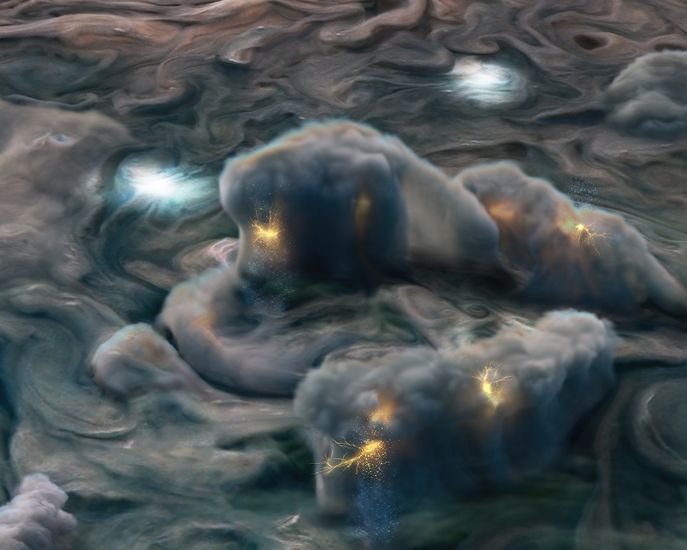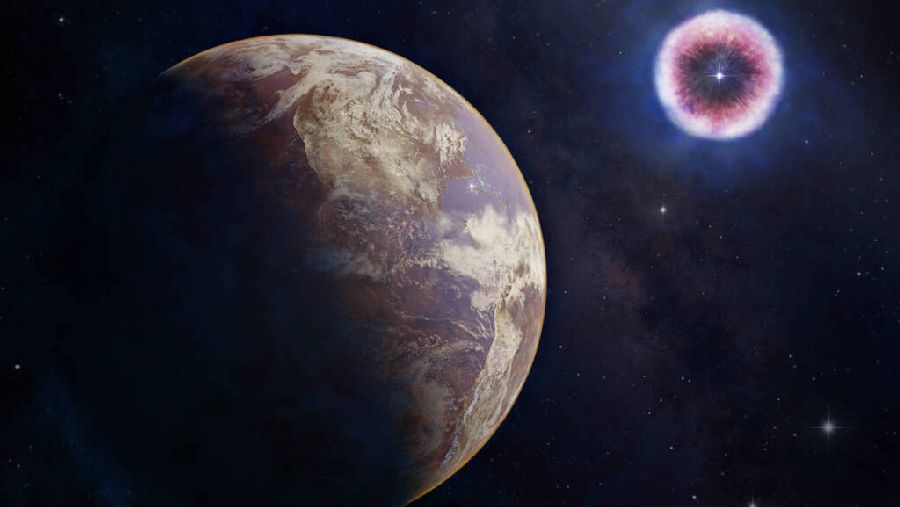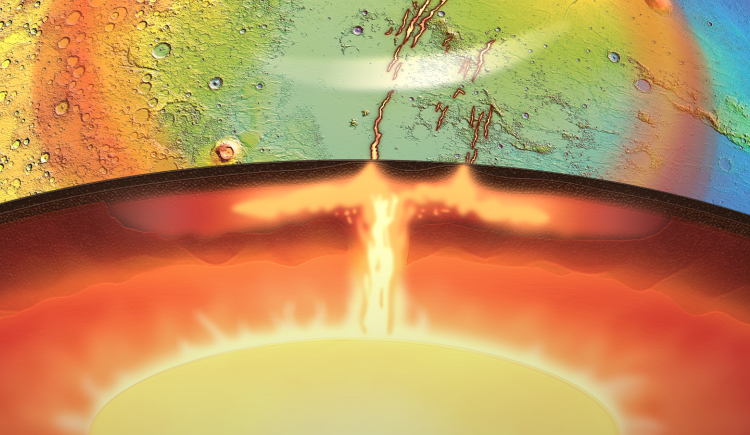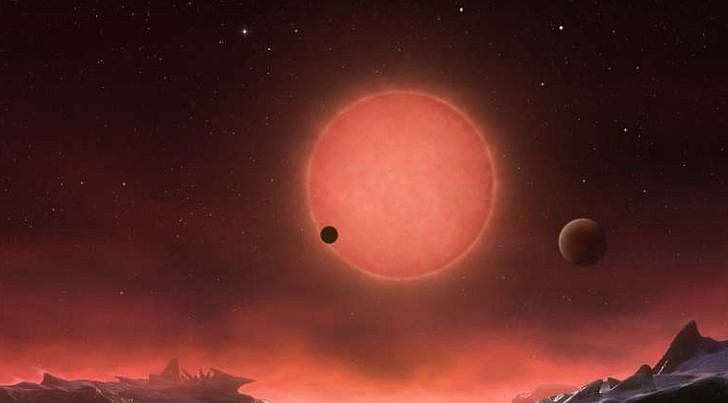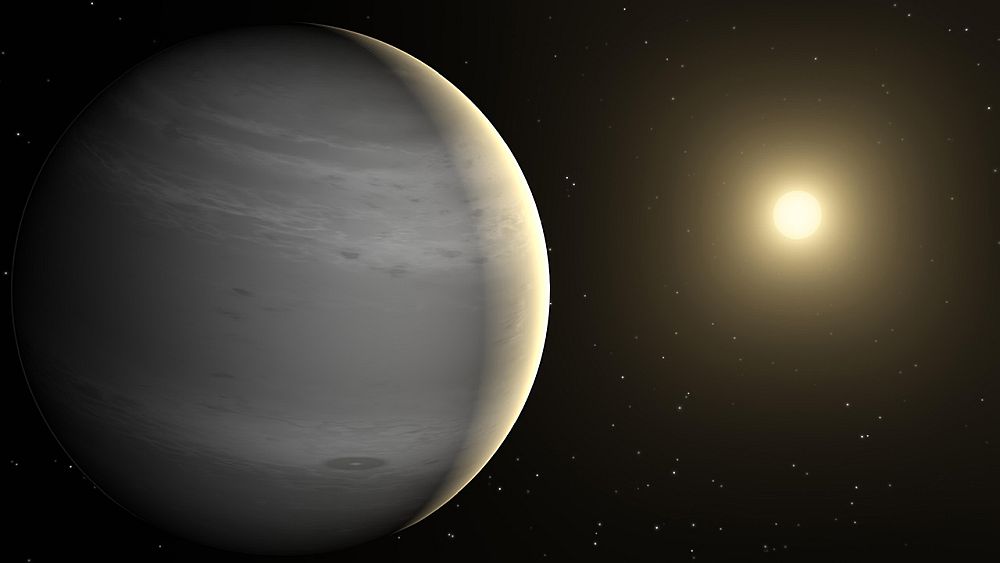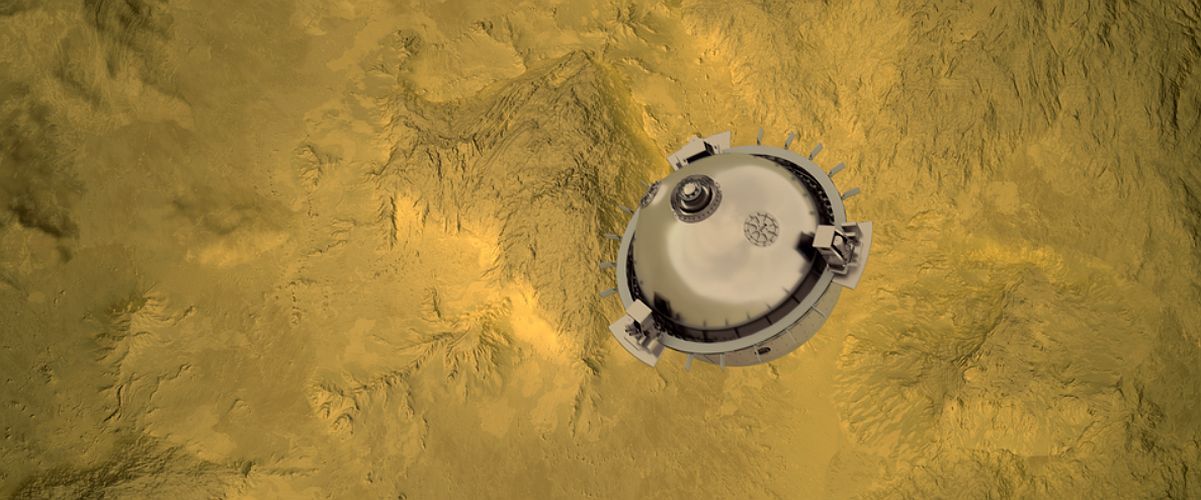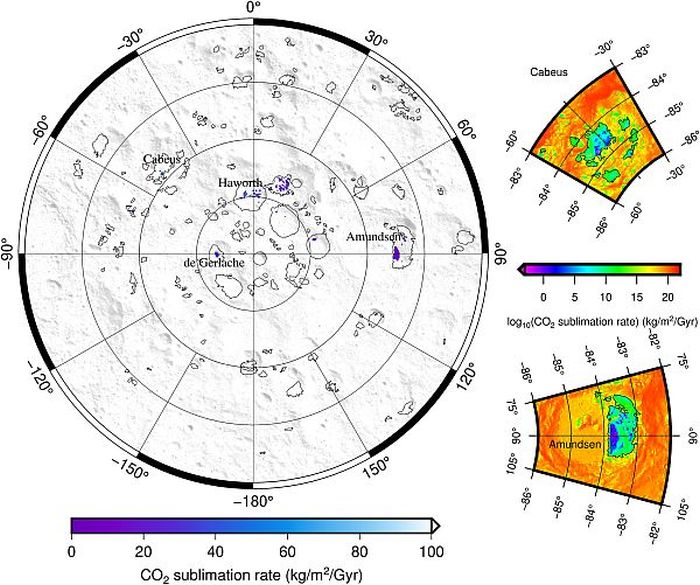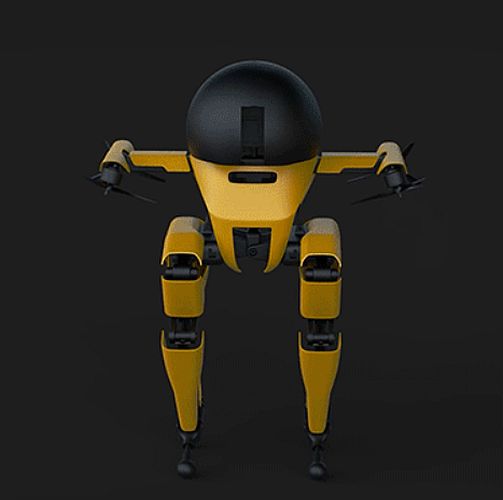Recently, astronomers have detected a super-old black hole, which is devouring its galaxy. It is dated back to the earliest black hole ever. It’s like the ultimate space buffet for the oldest black hole. Researchers at the University of Cambridge, unleashed the NASA/ESA/CSA James Webb Space Telescope (JWST) to spot this ancient black hole. The gravity well is chilling out 400 million years post-Big Bang, that is, over 13 billion years back.
Search Results for: nasa
New Exoplanets Discovered in GJ 367: A Cosmic Surprise
In an effort to explore the mysterious GJ 367 planetary system, an international team of astronomers embarked on a dynamic quest. Armed with the High Accuracy Radial velocity Planet Searcher (HARPS), they set out to unravel the secrets hidden in the vastness of space.
Robots making Autonomous Decisions on Extraterrestrial Missions: Learning to Learn
Rovers on Mars are constantly monitored and maneuvered by humans on Earth. However, robots on missions to Saturn or Jupiter’s moons can’t get timely commands from Earth. What if these machines could make decisions on the fly? Instead of waiting for an “order”, how about these bots making autonomous choice? Thinking on these lines of thought, researchers at the University of Illinois Urbana-Champaign came up with a cool way for these robots to decide where and how to collect terrain samples on their own.
Lightning Processes on Jupiter and Earth are Same: Lightning Dynamics
Juno is the famous space probe sent by NASA to study Jupiter. It was launched in 2011 and reached the gas giant planet in 2016. Instead of orbiting around the equator like previous missions, Juno entered a path that takes it over Jupiter’s poles. After its arrival, the space probe has been gyrating the planet in a specific orbit. With the help of special instruments on board, Juno is constantly collecting information from Jupiter’s environment. The main aim of the expedition, is to gather accurate data about the planet’s gravity…
Two super-Earths orbiting M dwarf TOI-2095: Exoplanet Diversity
Astronomers are always looking for exoplanets since it opens the door for better understanding of the formation and evolution of planetary systems beyond our own. With this aim in mind, NASA launched the Transiting Exoplanet Survey Satellite (TESS) in 2018. Primary parameter of this was to monitor the brightness of nearby stars. Till now, TESS has surveyed nearly 200,000 of the brightest stars near the sun. And so far, it has identified about 6,400 candidate exoplanets. To date, 330 of these candidates have been confirmed as exoplanets through follow-up observations…
Active Mantle Plume on Mars: Martian Geodynamic Evolution
Cumulative evidence, so far has suggested that Mars once had oceans but then lost its atmosphere and eventually died out. Unlike Earth, where shifting tectonic plates make way for dynamic interior, Mars never surfaced such processes. Hence, the astronomers concluded that nothing much happened on the red planet, at least, in the last 3 to 4 billion years. Recent observations by the scientists at the University of Arizona, however has challenged the current views of Martian geodynamic evolution. As per them, the red planet, that seems to be dead, has an…
Moon Soil Can Grow Terrestrial Plants: Tiny Lunar Garden
For the first time in human history, space scientists were able to grow plants in the soil from the moon. With the plants sprouting from the moon soil, lunar exploration seems pretty incredible. University of Florida researchers were able to prove that moon soil – also called as lunar regolith – can grow terrestrial plants. They also investigated that for the plant it wasn’t an easy journey. Nevertheless, this effort is the first step towards understanding how plants respond biologically to the Moon’s soil. This insight will surely help NASA’s…
Two Rocky Worlds Orbiting M Dwarf Star: The HD 260655 System
Astronomers at NASA have identified two rocky alien worlds hovering around M dwarf star called HD 260655. M stars have faint glow and they look red to our eyes with temperature ranging from 2,500 Kelvin to 3,500 Kelvin. These stars account for nearly 75% of the stars in our stellar neighborhood, which implies they can be easily observed from Earth due to its abundance. As per Transiting Exoplanet Survey Satellite (TESS), the newly discovered exoplanets are about two times more massive than the Earth.
Huge Gas Planet Hidden in Plain Sight: TOI-2180 b
Hunt for a new stellar body is always on. Space is full of astronomical bodies and star gazers continuously search for new stars and planets into the known realm of humanity. In one such effort, an astronomer at University of California, Riverside in collaboration with a group of citizen scientists have spot a huge gas planet. The newly discovered body is otherwise hidden from view by typical stargazing tools.
Venus could be a Life-bearing Planet: Space Exploration
Space scientists have always looked up to our closest planet neighbour and wondered what if there is life on Venus. Sanjay Limaye, from University of Wisconsin-Madison Space Science also an expert on Venus says that in the coming decade in a collective effort, astronomers all across the globe will make case for exploring the “evening star”. With an experience of over 45 years, Limaye’s core investigation is the planet’s dense atmosphere.
Biofuel to Produce Locally on Mars: Martian Exploration
What if we are able to produce fuel directly on Mars? Explorers would then be able to stay on the red planet a li’l longer and return journey will then be easier relatively. Shipping the propellant and oxygen for a return journey from Mars would cost billions of dollars. To make things easier, researchers have developed a concept for local rocket fuel production with algae and E.coli.
Lunar Cold Traps Confirmed: Moon’s Special Regions
Moon exhibits tenuous atmosphere. Its low gravity enables gases to escape into the outer space effortlessly. Heavier atoms, however, are ionised by sun’s ultraviolet radiation, which are then drifted away from the Moon by the solar flares.
Interview: Dr Benjamin Pope, an Astrophysicist at The University of Queensland, Brisbane
Dr Benjamin Pope is a physicist and data scientist at The University of Queensland, Brisbane. He is working to find planets around other stars using NASA space telescopes. With the help of leading-edge machine-learning algorithms, he is trying to dig up tiny signals out of the noise to expand our knowledge of the universe.
Biomimicry: LEONARDO, the Bipedal Robot can Walk and Fly
Nature not only inspire poets, artists, painters but also engineers. In an attempt to simulate the locomotion of birds, researchers at Caltech have developed a bipedal robot that has a movement that is between walking and flying.
Interview: Dr. Kamber Schwarz, Postdoctoral Researcher at Max Planck Institute for Astronomy Heidelberg
Dr. Kamber Schwarz is a postdoc at MPIA in Heidelberg. She has been a NASA Sagan Postdoctoral Fellow in the Lunar and Planetary Laboratory at the University of Arizona. She received her PhD in Astronomy & Astrophysics from the University of Michigan in 2018. She is also the recipient of the prestigious Ralph B. Baldwin Prize in Astronomy, 2020.

